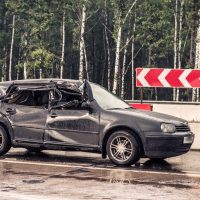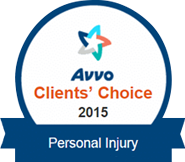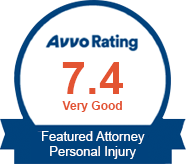Side-Impact Collisions: Causes and Consequences

Side-impact collisions can be highly violent; in fact, they are one of the largest sources of roadway fatalities. Read on to learn about the common causes of side-impact collisions and the reasons that they’re considered so dangerous, and contact a Hawaii auto accident lawyer if you have questions after a side-impact crash.
When do side-impact collisions happen?
Side-impact collisions occur any time at least one car is hit on its side or at some angle that isn’t directly from the front or rear. Side-impact collisions include “broadside” or “T-bone” collisions, where one vehicle, facing head-on, hits another vehicle on its side. T-bone or broadside crashes occur when cars are traveling at perpendicular angles to one another, making them common in intersections and parking lots. These collisions are frequently the result of one car failing to yield the right of way, running a red light, or failing to stop at a stop sign. Broadside crashes can also result from distracted, drunk, or drowsy driving.
Why are side-impact collisions so dangerous?
Side-impact collisions are more likely than many other types of accident to cause serious or fatal injuries. In fact, about 25% of all fatalities caused by traffic accidents occur as the result of side impact collisions, and one-third of all children killed in car accidents die in side-impact crashes. Broadside crashes where cars are hit by larger vehicles, such as raised trucks and SUVs, are more likely to cause serious injuries to children and smaller adults. Raised, heavy vehicles are also more likely to collide with the weaker part of the vehicle’s side, rather than the sturdier seat or chassis.
There are several reasons why collisions resulting from side-impact crashes tend to be deadlier. Often, the driver of the car being broadsided has no warning that he or she is about to be hit, robbing the driver of the opportunity to brace or avoid a crash. When T-bone crashes are the result of a car running a red light, that car may be traveling at a high rate of speed to try to make it through the light, making the force of impact more severe. Additionally, cars lack the same amount of protection from side impacts as they do for head-on or rear-end impact. Side doors and windows simply don’t have the same capacity for absorbing impact as do trunks or hoods. While safety technology has improved cars’ ability to sustain a front-end impact, there have been fewer improvements to side-impact absorption.
If you or someone you love has been injured in a side-impact crash in Hawaii, find out if you have a claim for money damages by contacting the dedicated and knowledgeable Hilo personal injury lawyer Louis P. Mendonca for a consultation, at 808-961-6690.




